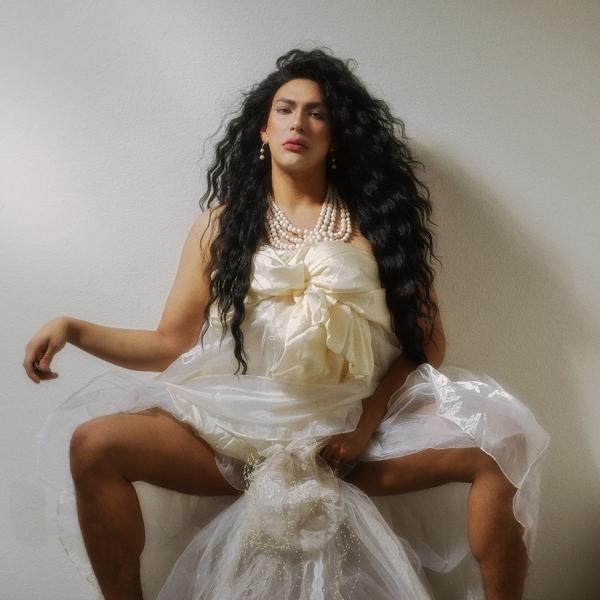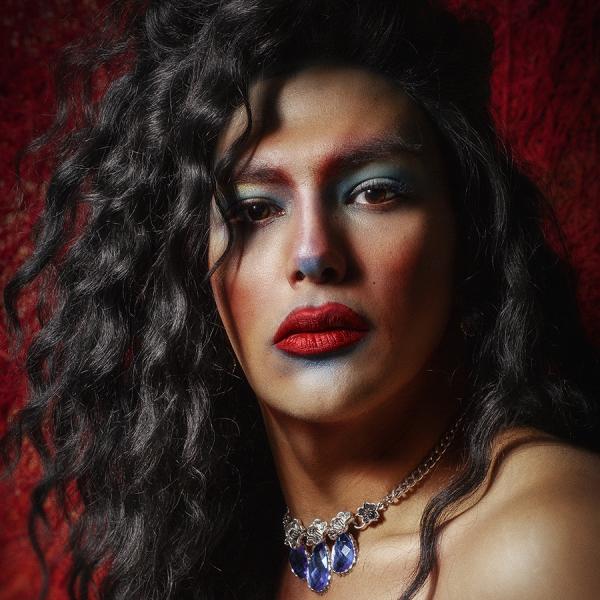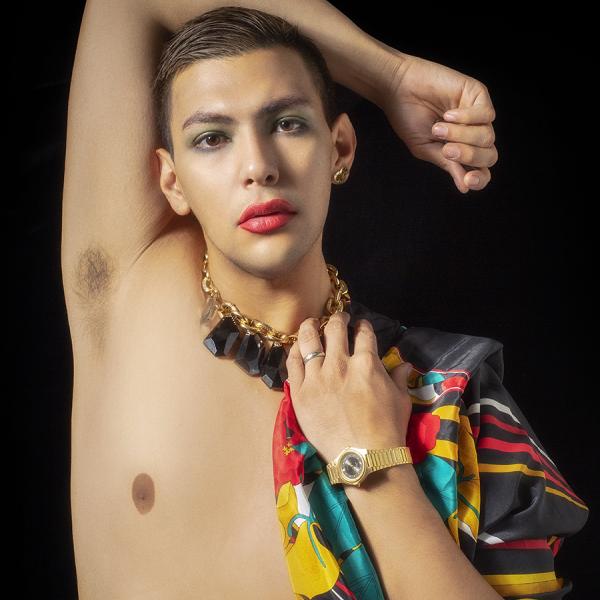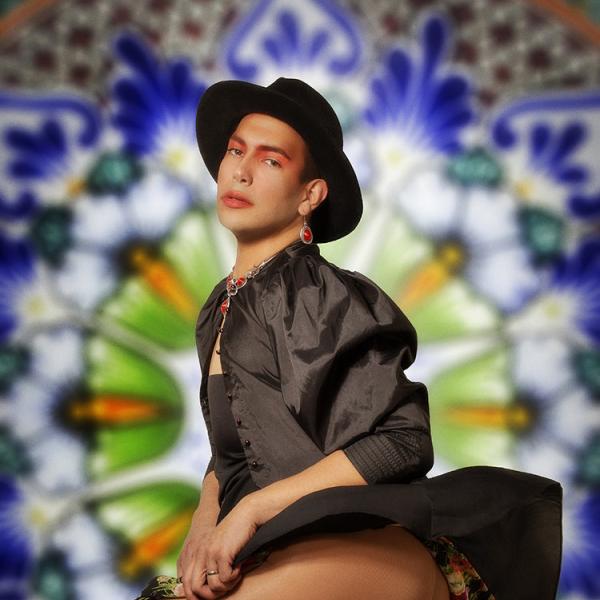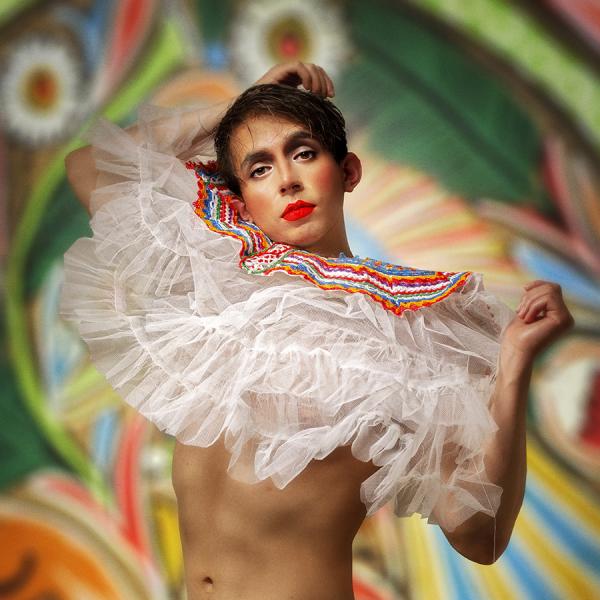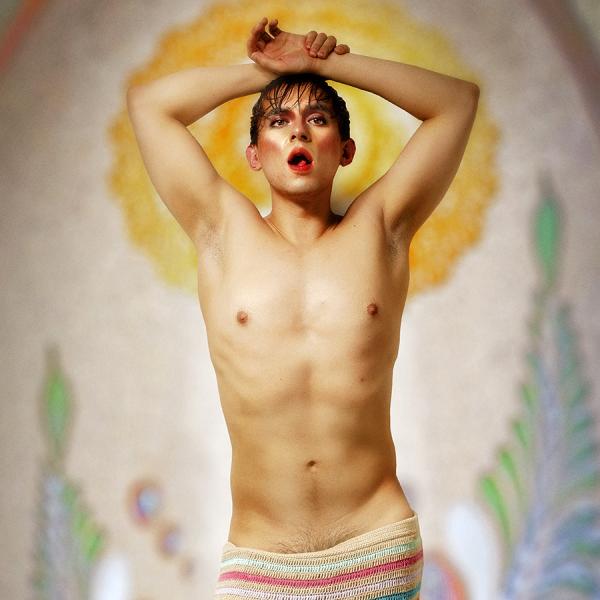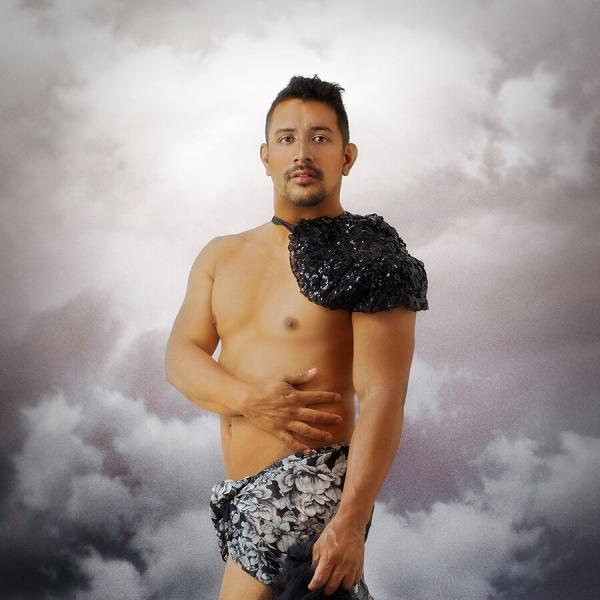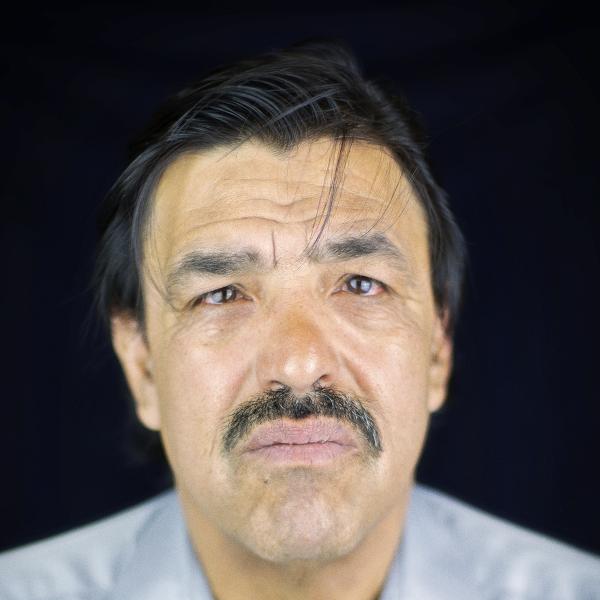Román Esaí Anaya, MFA
Román’s presence was felt on campus long before he arrived. Mariana Vieira, our beloved coordinator, met Román over the summer before he started classes to show him around the department and give him his studio space. I distinctly remember her saying, “you will love Roman” and indeed I did.
We worked together closely every semester during his two years in the program. He set a tone in each class that was an example for everyone else to follow. He took responsibility for his education and instilled a sense of purpose and dedication for everyone else in the class, especially with undergrad students. He created a sense of community and trust. He lifted everyone even though he was so fragile with his health and had so many challenges.
He lived Rasquachismo (rooting for the underdog) with every breath. He lived his life to its fullest with honesty and integrity along with a strong sense of purpose.
Having him in my classes was like team teaching. We tossed around ideas like we were playing tennis without competition. I always valued his insights, as did all of his classmates. I learned so much from him that I will never forget. Integrity, equality, acceptance, compassion, empathy and so much more.
Román was going to help change the world. He was going to be a star. I hope to help in some way to amplify his voice, his vision...
Words fail me.
Hasta luego Román. Te quiero...
Melanie Walker, Associate Professor
Román Anaya is love. Orgullosamente Mexicano. May we honor this loss by always placing love over all things. May we not be bitter. May we have the mind to understand the kind of care and support still needed for the next generations. Román is loved by so many so deeply, from his husband Marco, to every member of his family to all the students who kept asking if everything was alright. Román wanted change for higher education. His approach to pedagogy was support and care, considering every single student. May we also have the courage to decolonize our classrooms. The most important message that I learned from being around Román is to always lift up and truly care for one another.
My friend cared deeply about human rights, and defended those who were hurting. He wanted social justice for all, and paid attention to the most vulnerable. Román wanted change, for systemic racism to end, and demanded equal rights and equity. Everyday Román fought to end discrimination and fought for an equitable path for the next generation. Even while struggling with personal health, Román still found time for others. Román fought everyday to be present, and to occupy spaces that could lead to more inclusive representation to pave the way for others. We knew how the system aggravated his health; on many occasions we spoke about how Román wanted things to get better for the next generations.
We knew very well the impact of racism on the brain, yet Román defied the norm by choosing to be ready for any obstacle. Román’s beautiful emergent mind was full of love - always effortlessly exhibiting love. Román’s natural gift for honesty, rawness, and boldness made sense to me, for his artwork was biographical and depicted his relationship with illness and how it affected the everyday - from the necessary collection of pills to bodily changes.
Román’s queer identity and roots was represented in the most radiant of ways. Román’s life and work created openness, awareness, and empathy, and were true sources of tenderness. There was love in every action taken.
Román’s fine art photography is powerful and profound. His paintings were carefully made, from the materials chosen, to every decision on the canvas; every step in the process was an act of love. The love for his family and mother were embedded in the work. I am profoundly grateful to be his collaborator as we worked on www.unidos.club. Our mission was to listen to the community and lift others up during the pandemic as cases of COVID-19 soared. It was lovely to work with Román, for we shared similar values, celebrating humanity and equity. Román’s work is inolvidable y eterno (unforgettable and eternal). Román’s capacity for love is unmatched, with brilliance and kindness. Román would give hugs and openly love whoever gave him their time, and Román never discriminated against anyone.
Román would always be there, the human form of sunshine, kindness, and empathy. So when you remember Román, please remember his kindness, his amazing vision to make work from the depths of his heart, and remember his fight for change. I invite everyone to welcome honesty and kindness into their everyday lives, to fight for those who need a hand. Perhaps his most important legacy is the call to love for one another as we foster community.
Alejandra Abad, MFA student
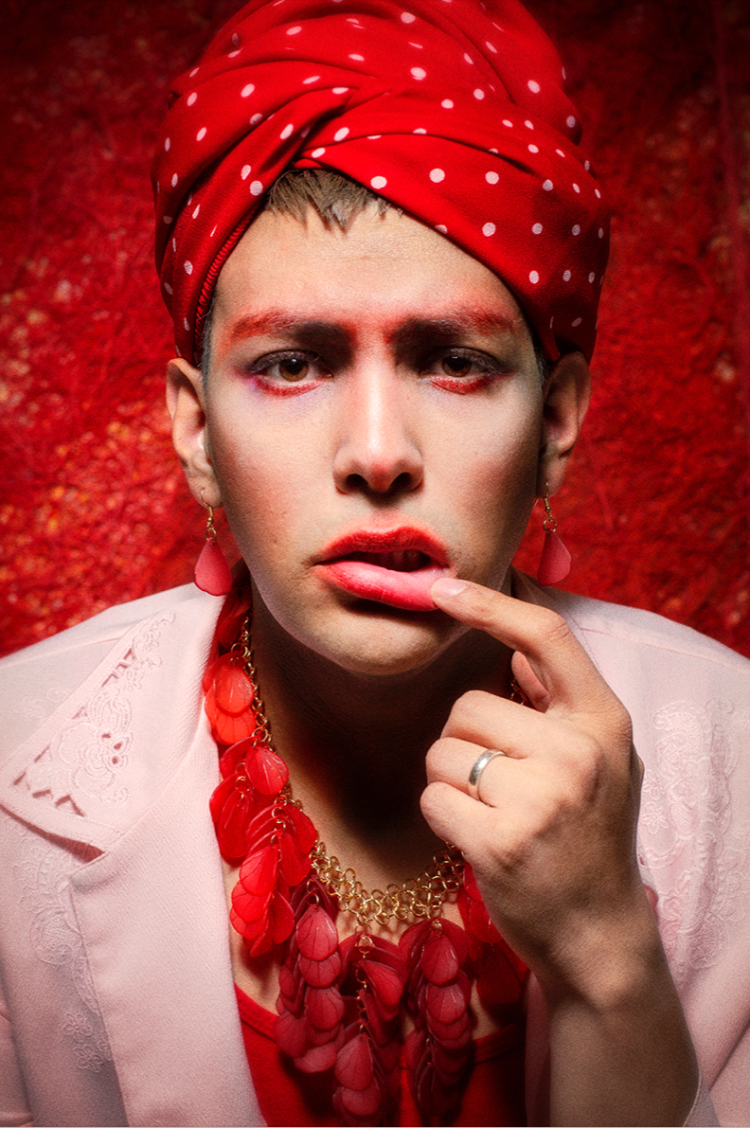
I remember when I first saw Roman’s application in the applicant pool of our MFA Program. I was immediately drawn to his work because it celebrated identity in bold, vibrant colors that referenced his life as a gay, Latinx artist.
After Roman entered our program, he enrolled in several of my classes that addressed contemporary art, race and ethnicity. I introduced him to theory that I thought might help him to defend his visual language and also presented him with gay, Latinx artists who were being recognized by the mainstream artworld in the last ten years. The biggest compliment that he ever gave me was: “I learned so much from you.”
I also learned a lot from him. In my previous class offerings in the department, I must admit that I had not had contact with a gay, Latinx graduate student who was an artist. Thus, I welcomed his perspectives so that I could grow beyond my own cultural limitations.
Though I am an art professor for all students, I take great pride particularly in teaching Latinx students. Roman was proud of his cultural background, including the contributions of his Mother who made traditional Mexican crochets for him to add as new layers of meaning to his work.
I was also impressed by how lovingly he talked about his marriage. He often referred to his “husband” and expressed his feelings for his marriage openly. He introduced micro-social changes into interactions with him just by talking to us in ways that were natural to him.
He mined every aspect of his identity in his work. The rosary that he made with prescription pills he was taking was a recognition of his epilepsy and diabetes. All of us knew he was ill though we did not know the severity of his illness.
Since I was serving as Chair of his MFA Committee, Roman was going to be the first gay, Latinx artist that I would have produced. I took great pride in this small contribution because it was a statement to my Latinx community and culture, as well as White heterosexual men who knew me, that our heterosexual thinking needed to encompass an acceptance of LGBTQ consciousness. In particular, machismo was an “ism” in my own Mexican culture that had to be eroded. Roman strove to assert such a perspective in his artwork.
Roman called me “Tio,” which translates into “Uncle” in English. He said that I reminded him of someone who was an “uncle.” It was a cultural compliment, often used in Mexican culture to designate a familial-like relationship – one that extended beyond the usual professor-student status in our department.
It was an honor to have known and taught Roman. He helped those of us who knew him to truly know that diversity ultimately means just having another good human being in our presence.
Dr. George Rivera, Professor
Artwork by Román Esaí Anaya


